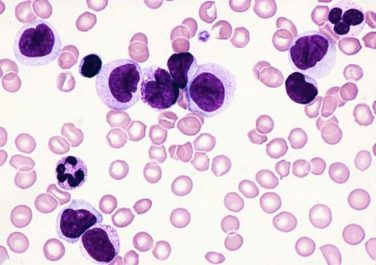There is apparently confusion about incident to billing of Medicare when employing nurse practitioners and physician assistants. Letters have been published in Dermatology News and other venues that confuse what is straightforward ( JAMA Dermatol. 2014;150[11]:1153-9 ). I will, in my usual blunt fashion, explain incident to billing in dermatology.
First, private insurers may have different standards, but for Medicare, the most succinct government explanation is the introduction of the Office of Inspector General’s audit of incident to billing in the office. More recently, the rules have changed just a little, requiring the incident to biller to bill under the original supervising physician’s billing number, instead of whichever doctor is in the house. When a licensed extender bills under the supervising physician’s NPI number, the extender gets paid at 100% of the Medicare rates. If billing independently, the extender earns only 85%, so it behooves the employing dermatologist to make sure they are billing incident to, whenever possible.
The following examples should cover 95% of dermatologic encounters.
Example No. 1
A new patient is seen by the extender and supervising physician and is diagnosed with a chronic condition such as acne, warts, rosacea, psoriasis, eczema, or benign moles. A care plan is arrived at by the supervising physician, and the treatment is initiated by the extender. This and all subsequent visits can be billed at 100% under the physician’s billing number as long as the problems remain the same and there is a supervising physician in the building. Note that the supervising physician does not have to see the patient on the subsequent visits for the extender to continue to bill incident to. The extender can also bill under the original physician’s number at 100% if there is another physician in the house; the extender doesn’t have to change who they bill under depending on who is available (unless that physician sees the patient). The extender can change medications and change treatments as long as the original problems remain the same.
If the patient develops a new problem – say a growth that may need biopsy – the supervising physician must see the patient in order to bill at 100%. If the patient is not seen by the supervising physician, the extender must bill under their own number and collect only 85%.
Example No. 2
Let’s say a new patient comes in with extensive actinic damage, and is seen by the supervising physician, multiple skin lesions are identified, then the extender freezes multiple actinic keratoses (AKs), and does multiple skin biopsies. These can all be billed under the supervising physician’s number and paid at 100%.
When the same patient returns 6 months later with new AKs and suspicious growths, and the supervising physician does not see the patient, or is not in the house, the extender freezes AKs and does skin biopsies per their best judgment. These procedures must be billed under the extender’s NPI number because they are new problems.
Thus, you can see that for the great majority of diseases that dermatologists treat, you should be collecting the full amount from Medicare, for use of your extenders.
Either physicians are giving away a lot of income (not correctly billing incident to) or there are a lot of unsupervised extenders identifying suspicious lesions and performing surgery without formal training and direct supervision.
What makes me anxious is when I see in the Medicare database that the percentage of skin biopsies billed independently by extenders has increased from 0% to 14% over 10 years (2004-2014). I believe these lesions are being selected for biopsy by the extenders, and the supervising physician never sees them, and these are being billed correctly. This supports my concern about dermatologists setting up extenders in satellite biopsy clinics.
I get even more anxious when I see text from video outreach efforts from the president of the dermatology physician assistants society , stating, “I have my own patient schedule, my own medical assistant, my own rooms, I see new patients, I do my own surgeries, and see my own return patients,” apparently having become a dermatologist by shadowing and working for one.
I believe this is magical thinking. Either the many years of medical school and residency dermatologists went through were unnecessary (possible, but unlikely) or the extenders are overextended. Patients may never know they have not seen a dermatologist after scheduling an appointment with a dermatology group. At least one study has shown that unsupervised extenders may take up to twice as many skin biopsies to make a malignant diagnosis. This suggests that patients are being operated on unnecessarily and costs are being added to the health care system.
In addition, the Medicare data show that the number of skin biopsies has risen 34% over the past 10 years, while the number of skin cancer procedures has increased only 14%. No, these skin biopsies are not being done by extenders working for primary care doctors. Primary care docs perform only 3% of skin biopsies.
Perhaps these extenders are supervised, and their dermatologist employers just don’t want the possibility of a Medicare audit. Let me see: Dermatologists, the most accurate of all coding specialties, are willing to give up 15% of their income because they are confused by these simple rules? What do you think?
Dr. Coldiron is a past president of the American Academy of Dermatology. He is currently in private practice, but maintains a clinical assistant professorship at the University of Cincinnati. He cares for patients, teaches medical students and residents, and has several active clinical research projects. Dr. Coldiron is the author of more than 80 scientific letters, papers, and several book chapters, and he speaks frequently on a variety of topics.




